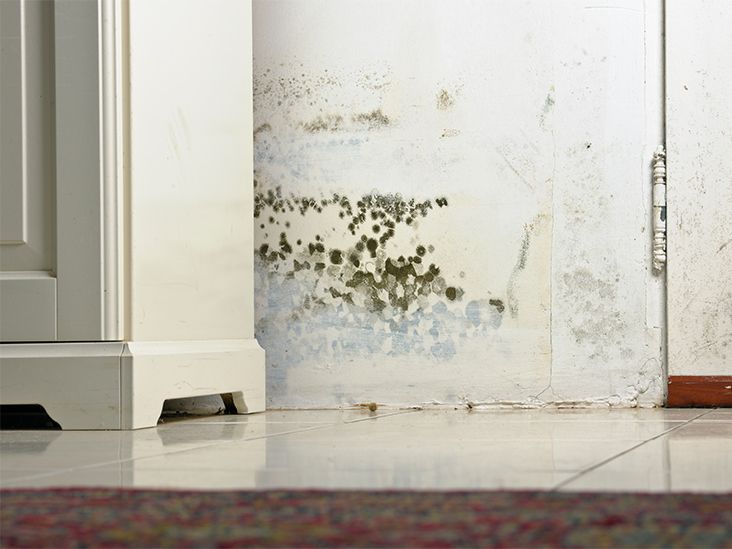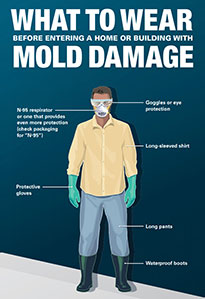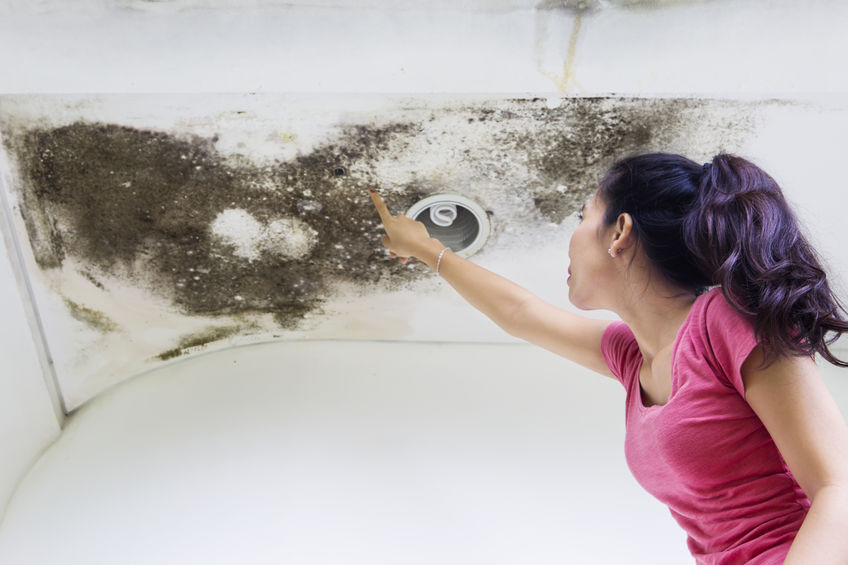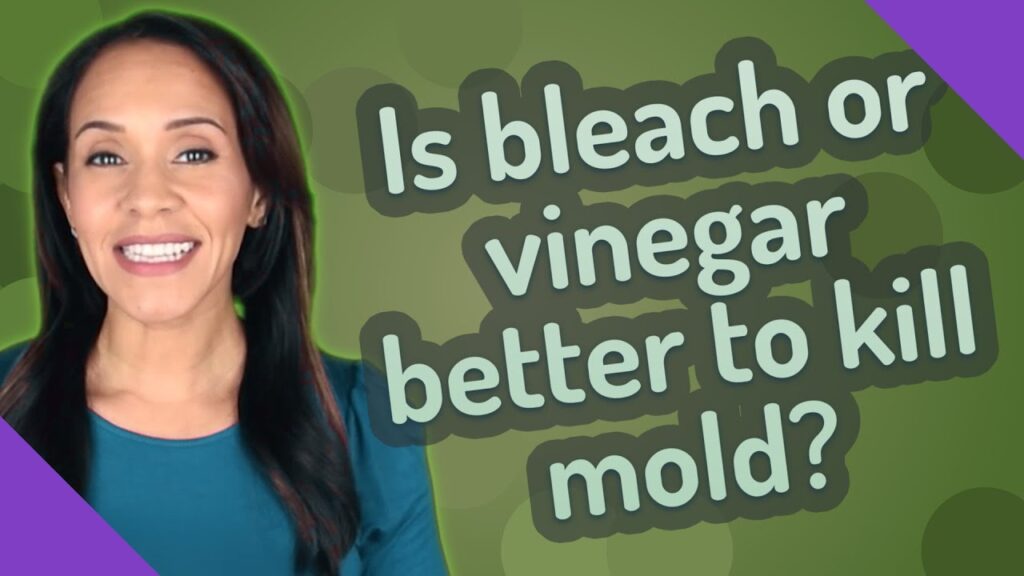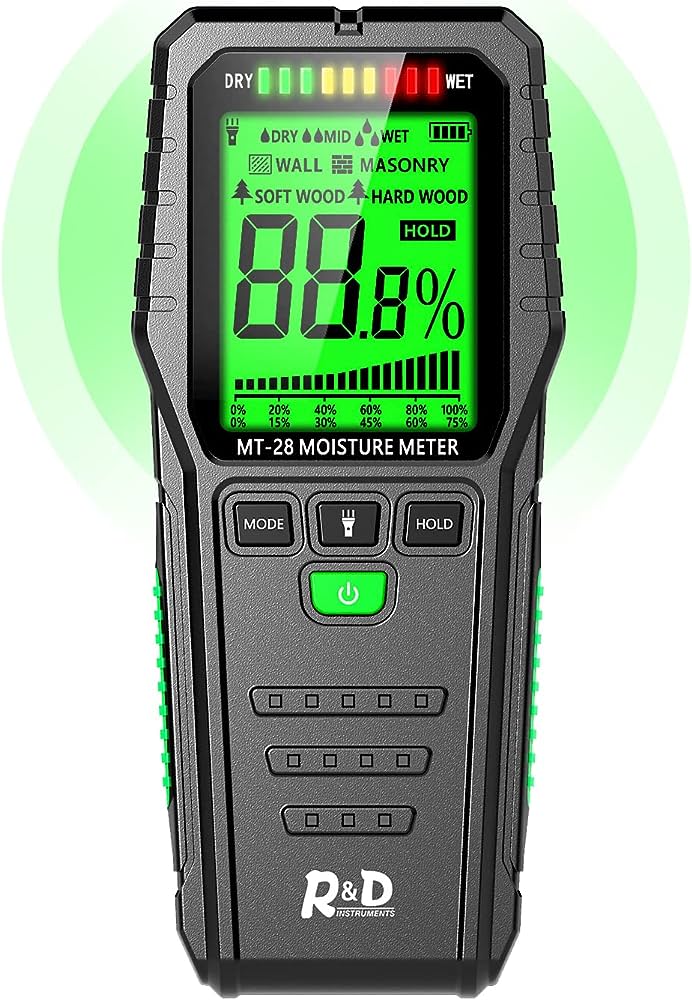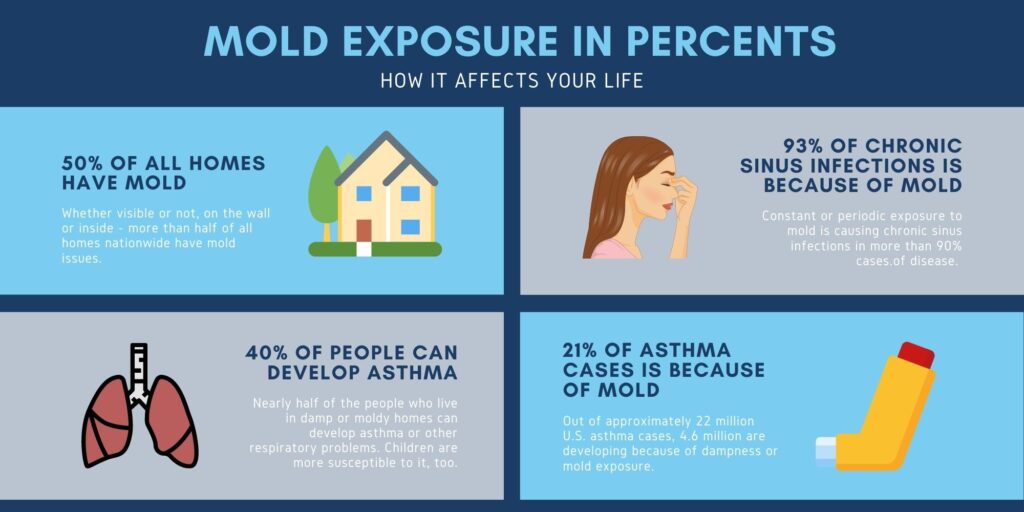You’ve probably encountered mold at some point in your life, whether it’s in your bathroom, basement, or even on your food. But have you ever wondered if mold can ever be fully removed? It’s a common concern among homeowners and renters alike, as mold not only looks unsightly but can also pose health risks. In this article, we’ll explore the question of whether mold can truly be eradicated and provide some insights into the challenges and methods involved in tackling this persistent problem.


Understanding Mold
What is mold?
Mold is a type of fungus that grows in damp and humid environments. It can appear as fuzzy patches or discoloration on surfaces such as walls, ceilings, and even furniture. Mold can come in various colors, including black, green, and white. While some types of mold are harmless, others can pose serious health risks.
How does mold form?
Mold typically forms when there is excess moisture in an environment. This can occur due to various reasons, such as water leaks, high humidity levels, or inadequate ventilation. When the conditions are right, mold spores, which are microscopic and exist virtually everywhere, can settle on surfaces and start to grow. It thrives on organic materials, including wood, paper, fabric, and even dust.
Why is mold problematic?
Mold is problematic for several reasons. Firstly, it can cause structural damage to your home or property. Mold can gradually eat away at building materials, weakening the integrity of walls, floors, and ceilings. Secondly, mold can have a negative impact on air quality, leading to respiratory issues such as allergies, asthma, and even infections. Additionally, mold can leave an unpleasant musty odor and create an unsightly appearance, diminishing the aesthetics of your living space.
Mold Removal Techniques
Prevention methods
Preventing mold growth is the best approach to avoid the need for extensive mold removal. This includes addressing any sources of water leaks or excess moisture promptly. Keep an eye on areas prone to dampness, such as basements, bathrooms, and kitchens. Maintaining proper ventilation and humidity control is vital to prevent mold from forming and spreading.
Surface cleaning
For small areas of mold growth, surface cleaning can be an effective mold removal technique. Using a solution of water and detergent, scrub the affected surface thoroughly to remove visible mold and its spores. Remember to wear protective gear, such as gloves and a mask, to minimize exposure to mold.
HVAC cleaning
Mold can also grow in the heating, ventilation, and air conditioning (HVAC) systems. Regularly cleaning and inspecting your HVAC system can prevent mold growth and its spread throughout your home. It’s recommended to hire professional HVAC technicians to thoroughly clean and sanitize the system, ensuring that it is free from mold and other contaminants.
Chemical treatments
In some cases, the use of chemical treatments may be necessary to eliminate mold effectively. There are various mold removal products available on the market, such as bleach, hydrogen peroxide, and specialized mold-killing sprays. However, it’s essential to follow the instructions carefully and take necessary precautions when using these chemicals, as they can be harmful if not handled properly.
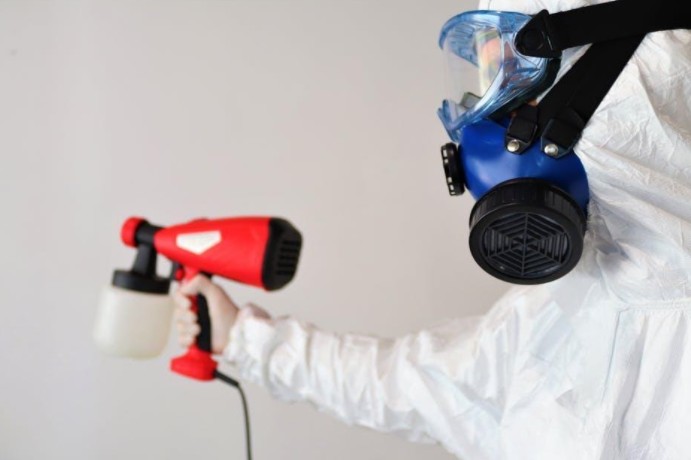

The Challenges of Mold Removal
Mold spores
One of the greatest challenges in mold removal is the presence of mold spores. These spores are lightweight and can easily become airborne, spreading to other areas of your home. Even if you clean visible mold, the spores may still remain and re-colonize if conditions are favorable. Proper containment and ventilation are crucial to prevent spores from spreading during the removal process.
Hidden mold
Mold can often grow in hidden or hard-to-reach areas, making it difficult to detect and remove. It can lurk behind walls, under carpets, or within ceiling tiles. The lack of visibility makes it challenging to address hidden mold effectively. Professional mold inspectors can use specialized equipment, such as thermal imaging cameras and moisture meters, to identify hidden mold growth.
Structural damage
Mold growth can cause significant damage to the structure of your home over time. It can weaken walls, ceilings, and even the foundation if left unattended. In severe cases, mold can compromise the structural integrity of a building, leading to costly repairs or even requiring evacuation. It’s essential to address mold issues promptly and effectively to prevent further structural damage.
Professional Mold Remediation
When to hire professionals
While DIY mold removal methods can be effective for small-scale mold problems, certain situations may require the expertise of professional mold remediation services. It is recommended to hire professionals if the affected area is larger than 10 square feet, if there is hidden mold, if the mold is causing severe health symptoms, or if the mold growth is a result of sewage or contaminated water.
Benefits of professional services
Professional mold remediation services offer several benefits. They have the necessary knowledge, experience, and equipment to handle mold removal effectively and safely. They can identify hidden mold, contain the affected area to prevent cross-contamination, and ensure thorough removal of mold and its spores. Additionally, professional services can provide guidance on preventing future mold growth and offer long-term solutions.
The process of professional mold remediation
The process of professional mold remediation typically involves several steps. Firstly, a thorough inspection and assessment of the affected area are conducted to identify the extent of mold growth and any underlying causes. Then, the area is contained to prevent mold spores from spreading during the removal process. Specialized equipment, such as negative air machines and HEPA filters, are used to filter and remove mold spores from the air. Finally, the affected surfaces are cleaned, treated, and dried to ensure the complete removal of mold.
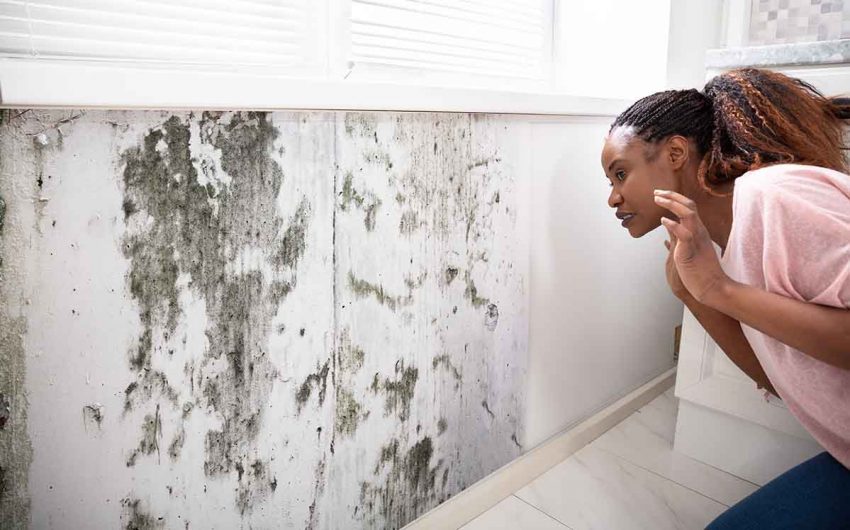

Health Effects of Mold Exposure
Common symptoms of mold exposure
Exposure to mold can cause various symptoms, which can vary depending on the individual and the extent of exposure. Common symptoms include coughing, sneezing, nasal congestion, irritated eyes, throat irritation, skin rashes, and headaches. These symptoms are often similar to those experienced with allergies or a common cold.
Serious health risks associated with mold
In addition to mild symptoms, mold exposure can pose serious health risks, particularly for individuals with respiratory conditions such as asthma or allergies. Prolonged or intense exposure to mold can lead to more severe respiratory issues, including bronchitis and fungal infections. People with weakened immune systems, such as the elderly, young children, and those with compromised health conditions, are particularly vulnerable to the health risks associated with mold.
Vulnerable populations
Certain individuals may be more susceptible to the health effects of mold exposure. This includes those with pre-existing respiratory conditions, allergies, or asthma. Infants, young children, the elderly, pregnant women, and people with weakened immune systems are also considered vulnerable populations. It’s crucial to prioritize mold prevention and remediation to protect the health and well-being of these individuals.
The Role of Moisture Control
Addressing the root cause
Moisture control is essential in preventing and managing mold growth. Identifying and addressing the root cause of excess moisture is key. This may involve repairing leaks, improving ventilation, mitigating condensation, or enhancing insulation. By eliminating or reducing the moisture source, you can lower the risk of mold growth and maintain a healthy indoor environment.
Importance of humidity control
Controlling indoor humidity levels is crucial in preventing mold formation. Ideally, the relative humidity in your home should be kept between 30% and 50%. Using dehumidifiers, air conditioners, and proper ventilation can help regulate humidity levels and prevent excessive moisture buildup. It’s important to monitor humidity levels regularly, especially in areas prone to high humidity, such as bathrooms and basements.
Ventilation and airflow
Proper ventilation plays a vital role in mold prevention. Adequate airflow helps to reduce moisture buildup by allowing fresh air to circulate and dry out damp areas. Ensure that exhaust fans are installed in high-moisture areas, such as bathrooms and kitchens, and keep them in good working condition. Opening windows periodically to promote cross ventilation can also help reduce humidity levels indoors.
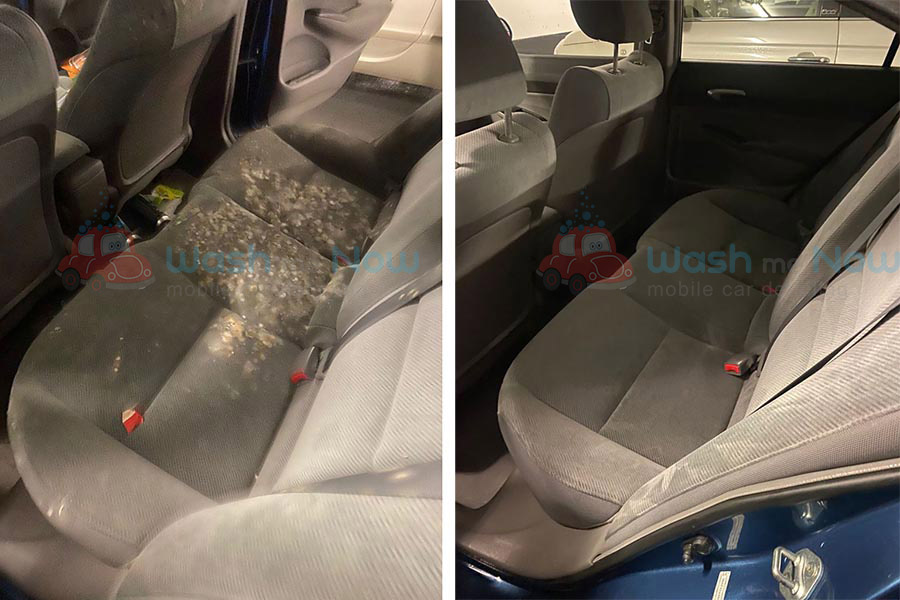

Testing for Mold
Types of mold tests
There are different types of mold tests available to determine the presence of mold in your home. These include air sampling, surface sampling, and bulk sampling. Air sampling involves collecting air samples and analyzing them for the presence of mold spores. Surface sampling involves testing swabs or tape lifts from surfaces with visible mold growth, while bulk sampling involves removing materials or objects with suspected mold contamination for laboratory analysis.
DIY mold test kits vs. professional testing
DIY mold test kits are available for homeowners who want to test for mold themselves. These kits usually include swabs, petri dishes, or air sampling cassettes for collecting samples. However, the accuracy and reliability of DIY kits may vary, and interpreting the results can be challenging without proper training. Professional mold testing conducted by certified experts provides a more thorough and accurate assessment of mold presence and concentration.
Interpreting test results
Interpreting mold test results can be complex, as the presence of mold spores is common in most indoor environments. Professional mold inspectors are trained to interpret the results accurately and provide insights into the severity and type of mold present. They can help identify any potential health risks and recommend appropriate mold remediation measures based on the test results.
Preventing Future Mold Growth
Managing indoor humidity
Effective moisture control is crucial in preventing future mold growth. Regularly monitor and manage indoor humidity levels to ensure they remain within the recommended range of 30% to 50%. Use dehumidifiers in areas prone to excess moisture, and promptly repair any water leaks or sources of moisture in your home. By addressing the root cause of excess moisture, you can reduce the likelihood of mold growth.
Proper ventilation
Ensure that your home has proper ventilation to prevent stagnant air and excess moisture buildup. Use exhaust fans in bathrooms, kitchens, and laundry rooms to remove moisture-rich air. Consider installing ventilation systems in areas with poor airflow or in high-moisture environments. Regularly inspect and clean air ducts and filters to maintain good indoor air quality and discourage mold growth.
Regular inspections
Regularly inspect your home for any signs of moisture or mold growth. This includes checking for water leaks, condensation, or musty odors. Pay attention to areas that are prone to moisture, such as bathrooms, basements, attics, and crawl spaces. Promptly address any issues that may contribute to mold growth to prevent it from becoming a more significant problem.
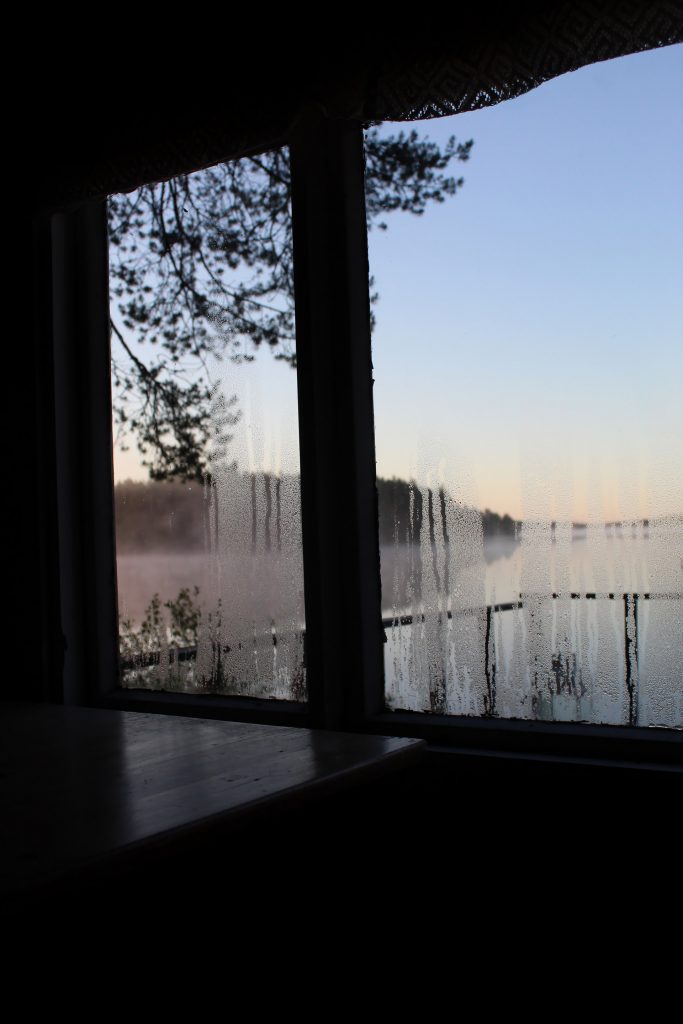

Natural Remedies for Mold
Tea tree oil
Tea tree oil is a natural remedy that has antifungal and antibacterial properties. Mixing a few drops of tea tree oil with water and spraying it onto moldy surfaces can help inhibit mold growth and prevent its spread. However, it’s important to note that tea tree oil should be used with caution, as it can cause skin irritation in some individuals.
Vinegar
Vinegar is another natural solution that can effectively kill mold. Its acidic properties make it a potent mold remover. Simply mix white vinegar with water in a spray bottle and apply it to moldy surfaces. Let it sit for a few hours before scrubbing and wiping clean. Keep in mind that vinegar has a strong smell that may linger temporarily.
Grapefruit seed extract
Grapefruit seed extract is a natural disinfectant that can help eliminate mold. Mix a few drops of grapefruit seed extract with water and spray it onto moldy surfaces. Allow it to sit for a few minutes before scrubbing and rinsing. Like other natural remedies, grapefruit seed extract is generally safe to use but may cause skin irritation in some individuals.
Conclusion
Understanding mold and its potential impact is essential in effectively addressing and preventing mold growth. By implementing proper moisture control measures, utilizing effective mold removal techniques, and seeking professional assistance when necessary, you can maintain a healthy and mold-free environment. Regular inspections, ventilation, and the use of natural remedies can further support your efforts in preventing future mold growth. Remember, mold can be a persistent issue, but with the right knowledge and actions, you can effectively manage and minimize its presence in your home.


